Knoxville was first settled in 1786 with the establishment of James White’s Fort. After the Civil War, the city boomed and grew rapidly as a major wholesaling and manufacturing center. Knoxville became a city of furnaces and mills, iron manufacturing, lumber, grain, and textiles. The railroad in Knoxville arrived 1855, and after few years, several investors purchased the city’s two major railroads and merged them into the East Tennessee, Virginia, and Georgia Railway. The population grew rapidly in the late 19th Century; immigrants from several European counties arrived in the city. At the beginning of the 20th Century, Knoxville was the most populated city, mainly from the increasing use of coal, and the crime rates were also high. The economic boom began to decline, the wholesaling sector collapsed, and the population growth also declined.
In the 1930s and early 1940s, several major federal programs aided the city. During the Great, Depression construction fell 70%, and unemployment tripled. In the 1930s and early 1940s, several major federal programs aided the city.
Here below are some historical photos of Knoxville, Tennessee, from the early 20th Century, documenting street scenes, cityscapes, and everyday life.


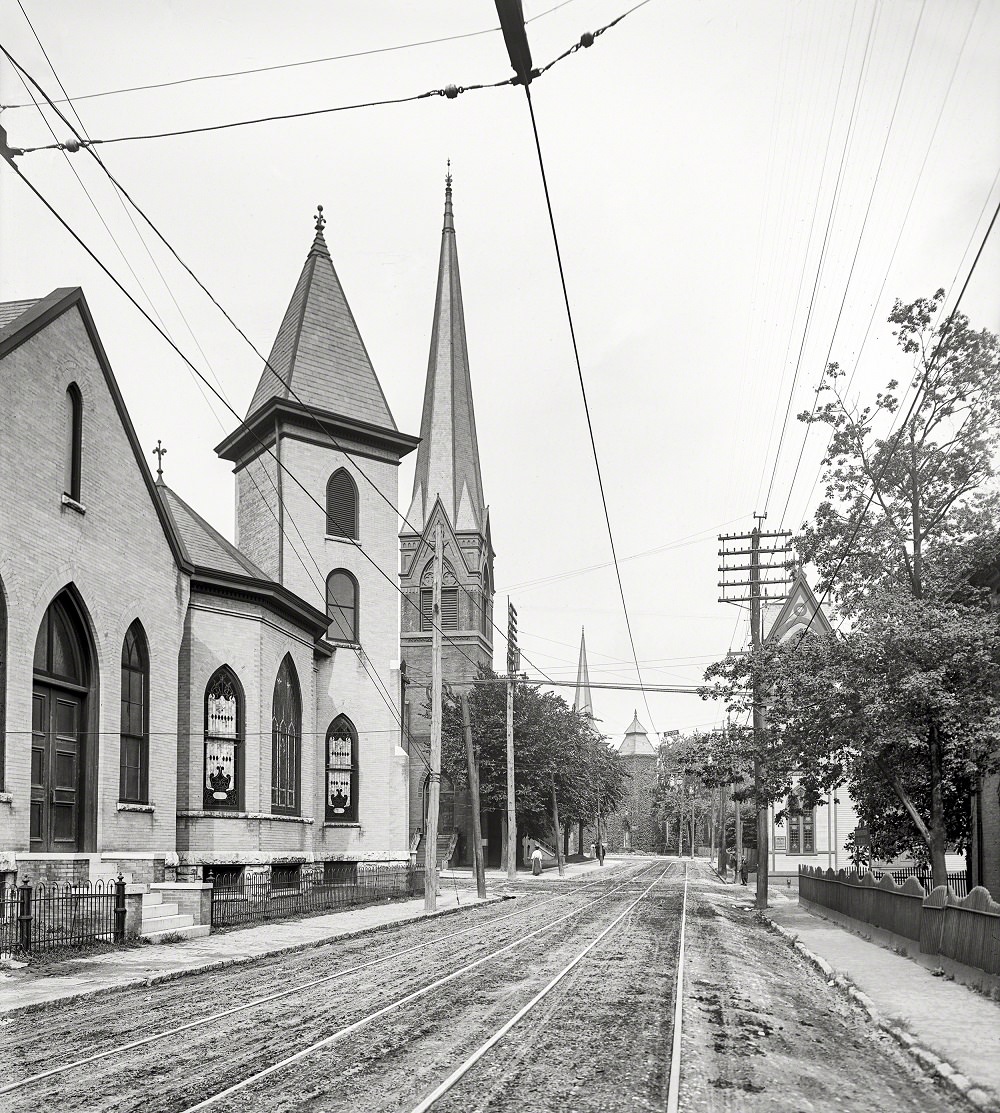
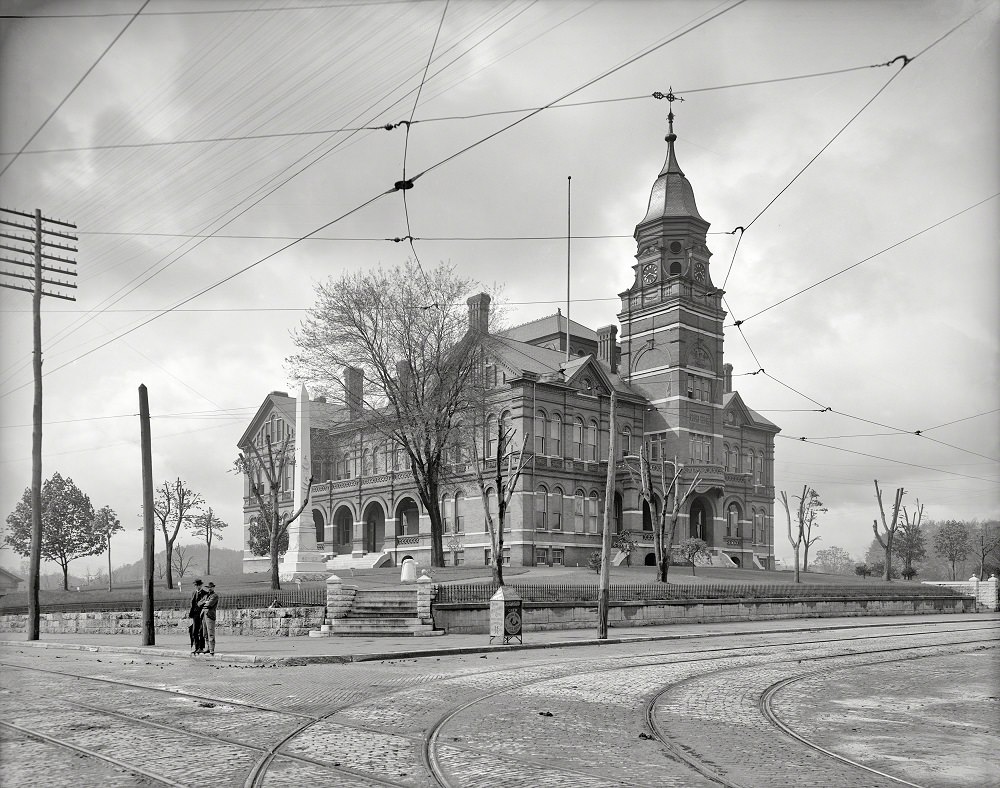
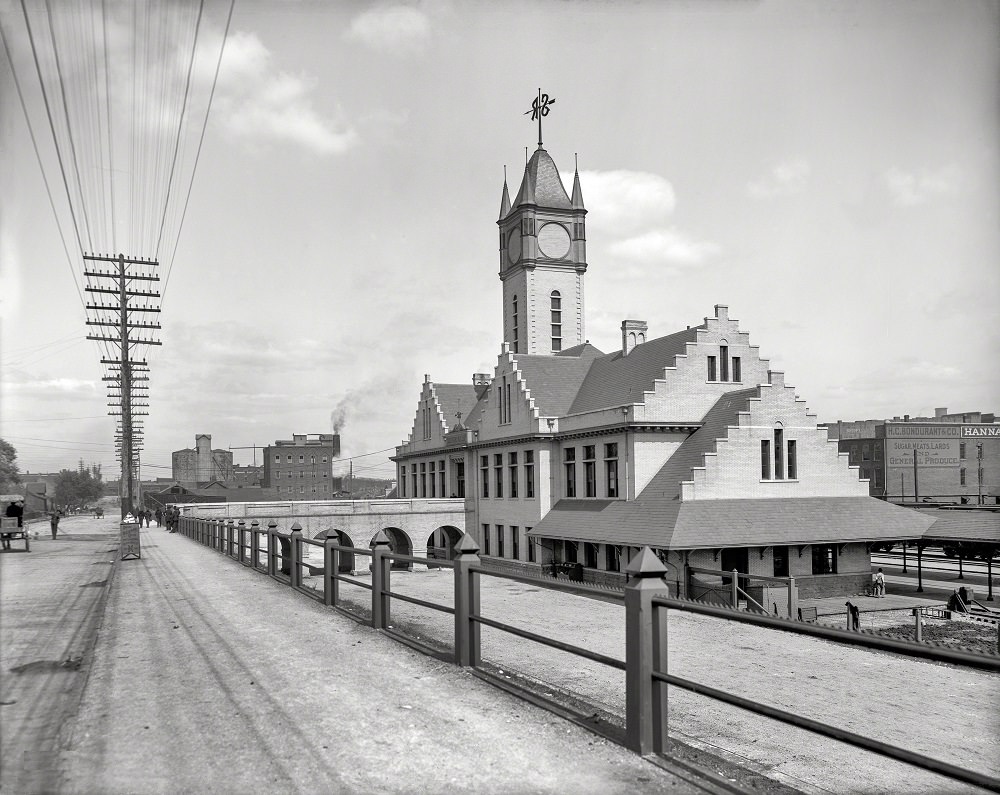
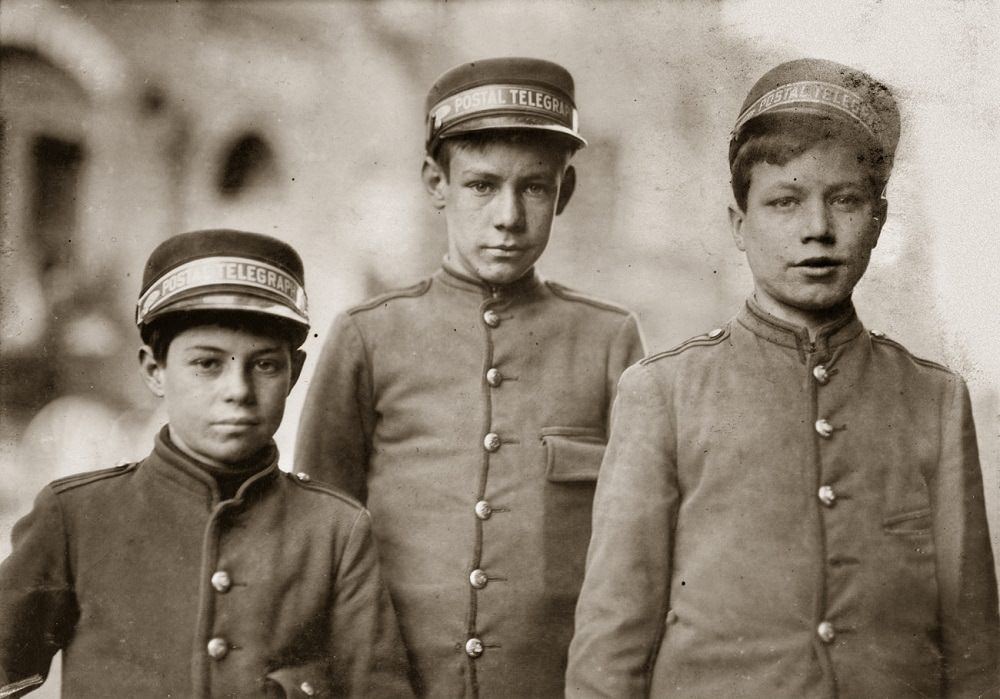
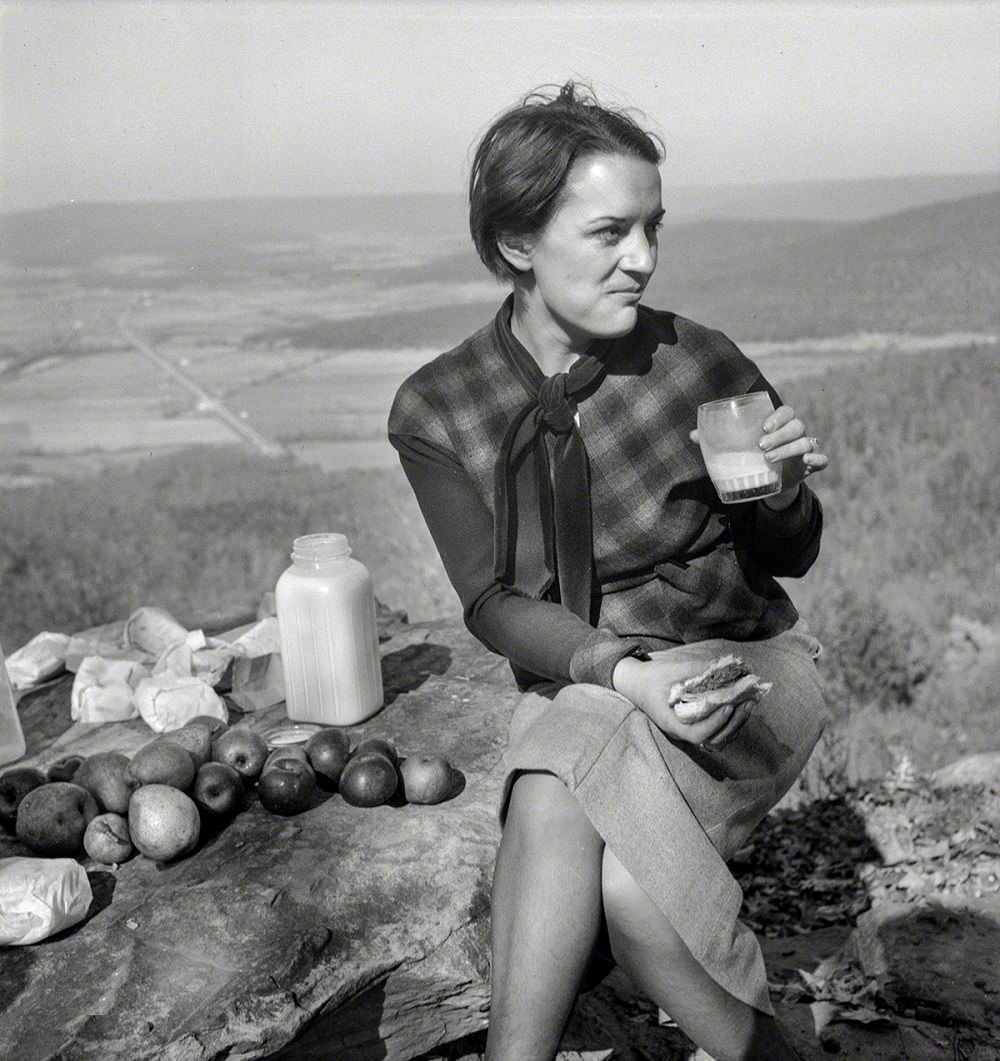
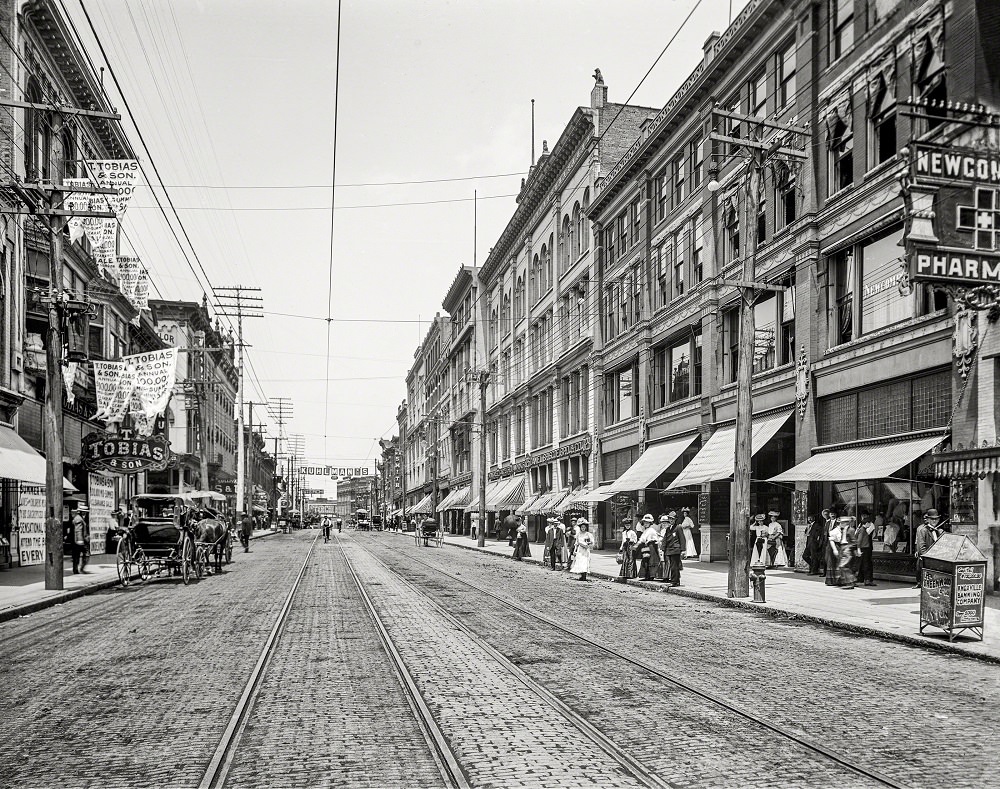
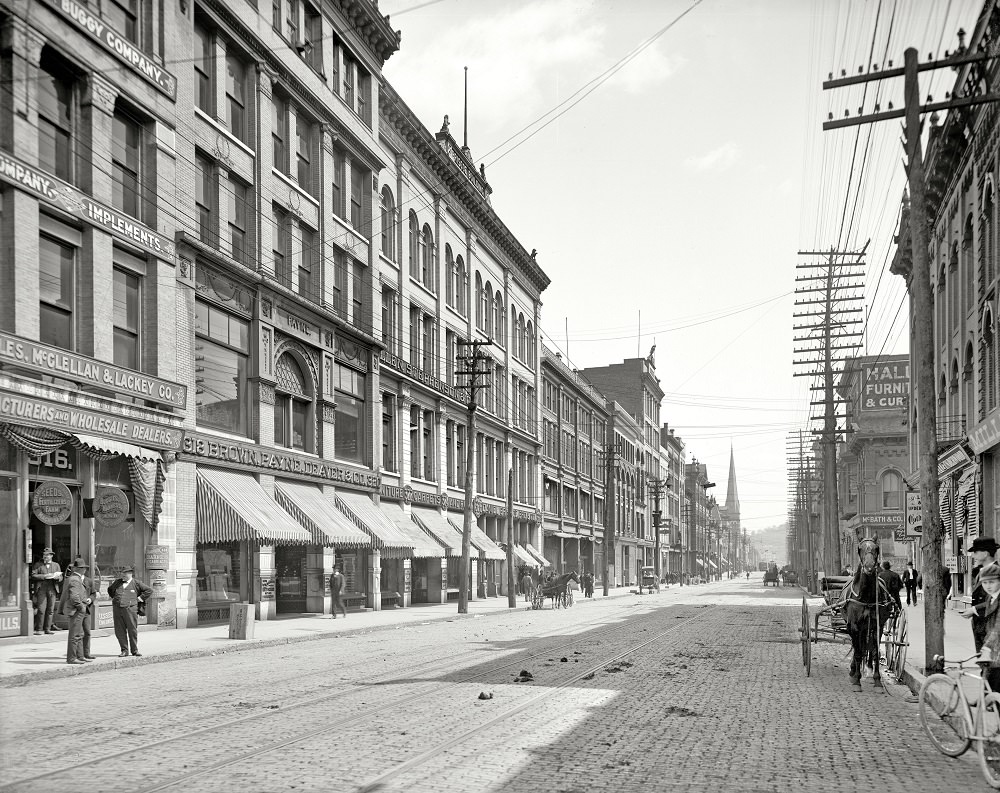
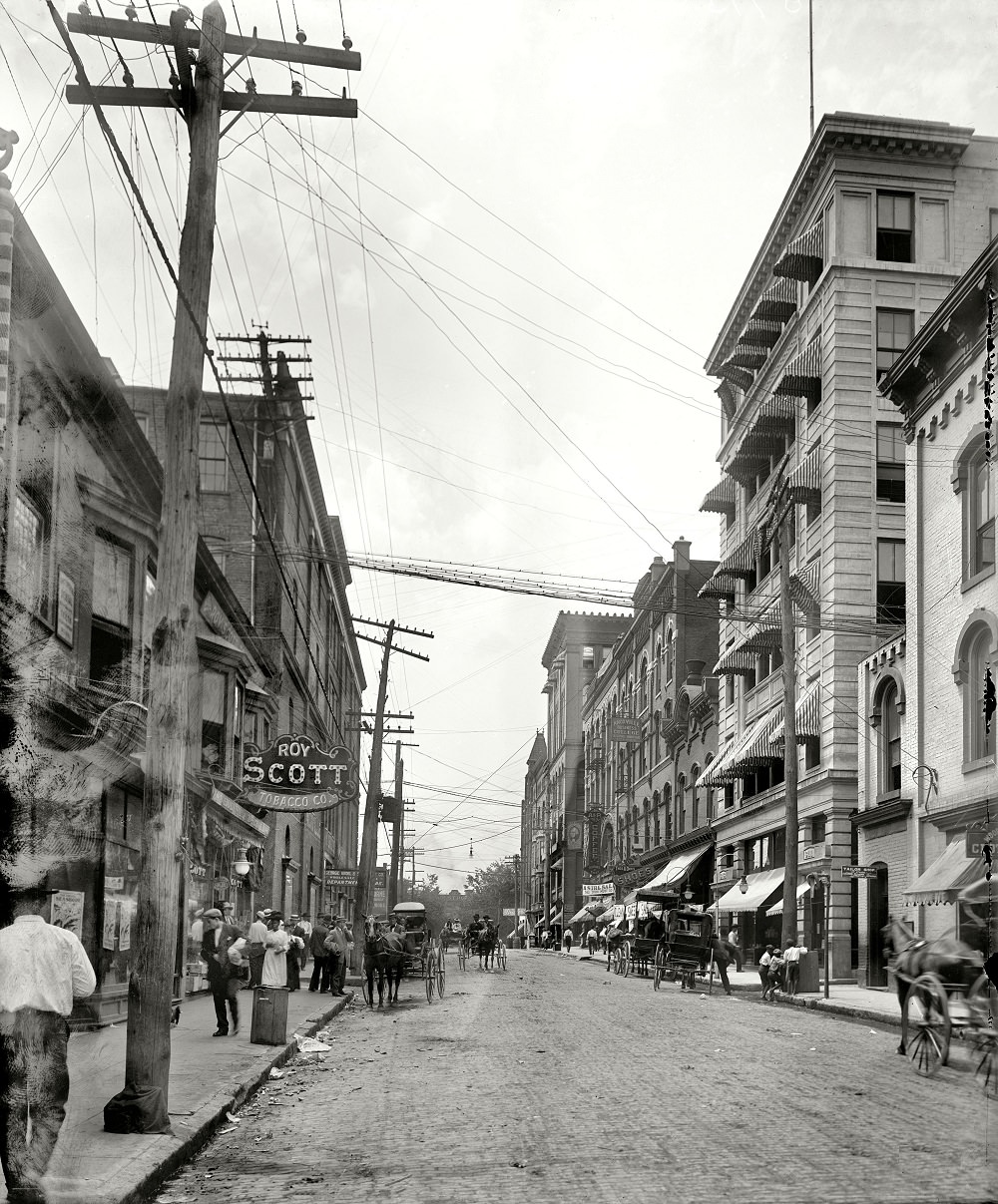
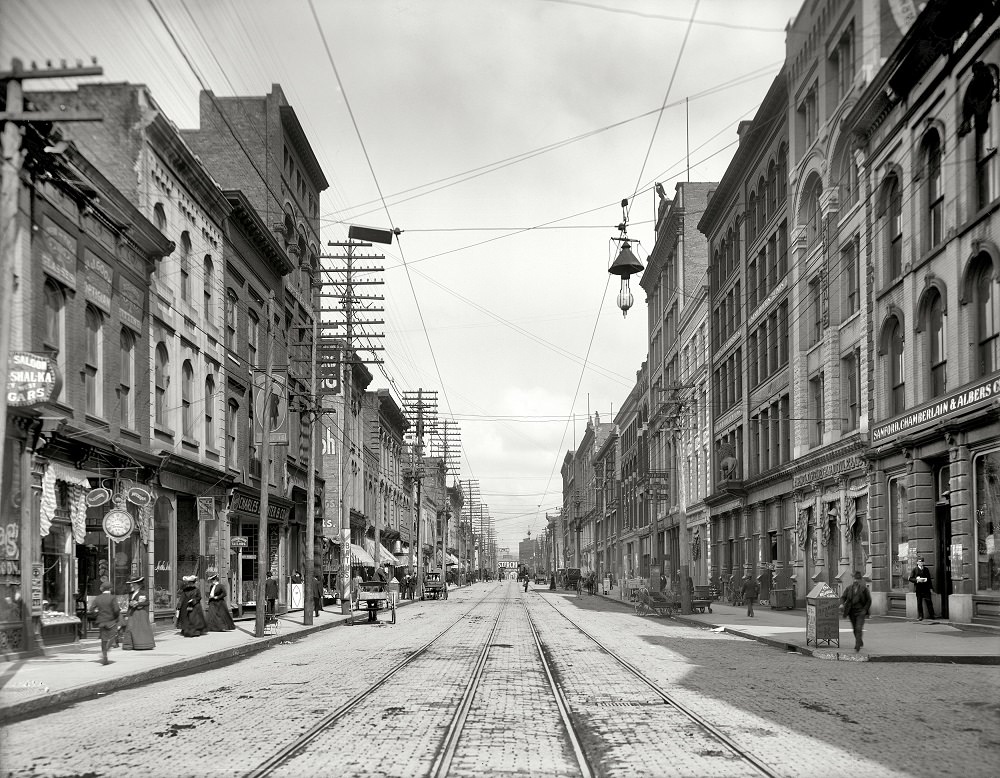
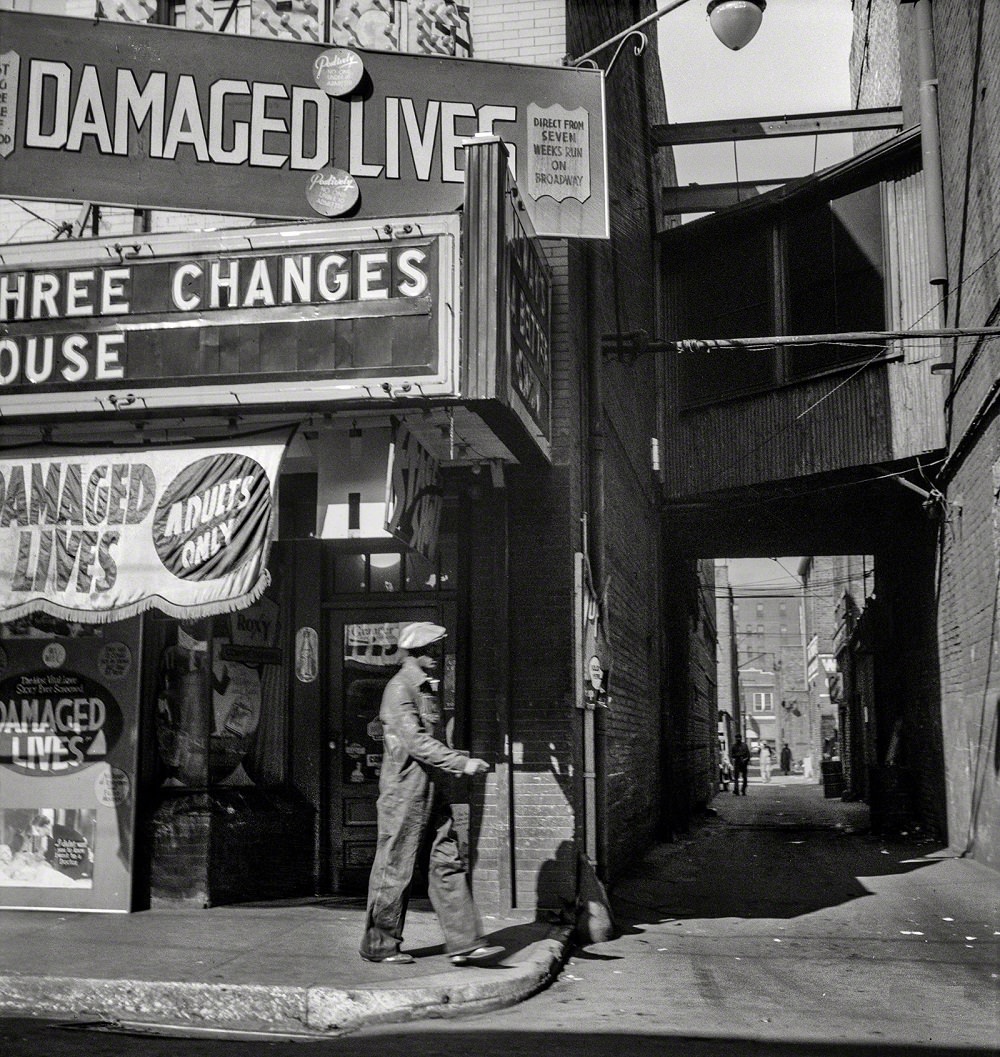
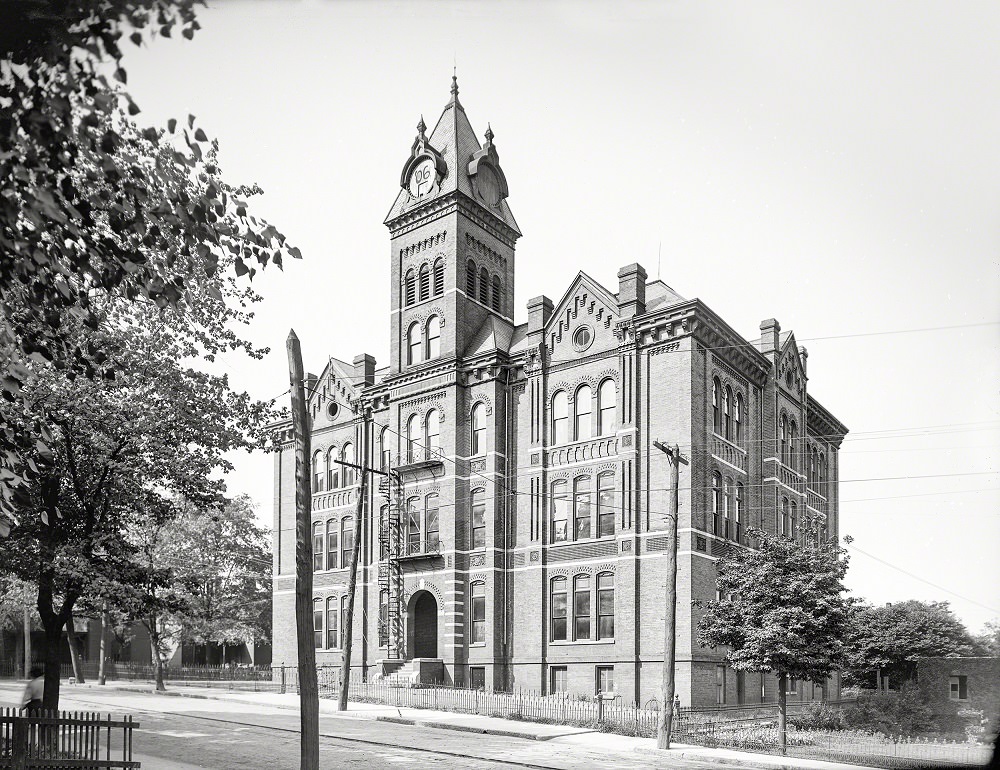
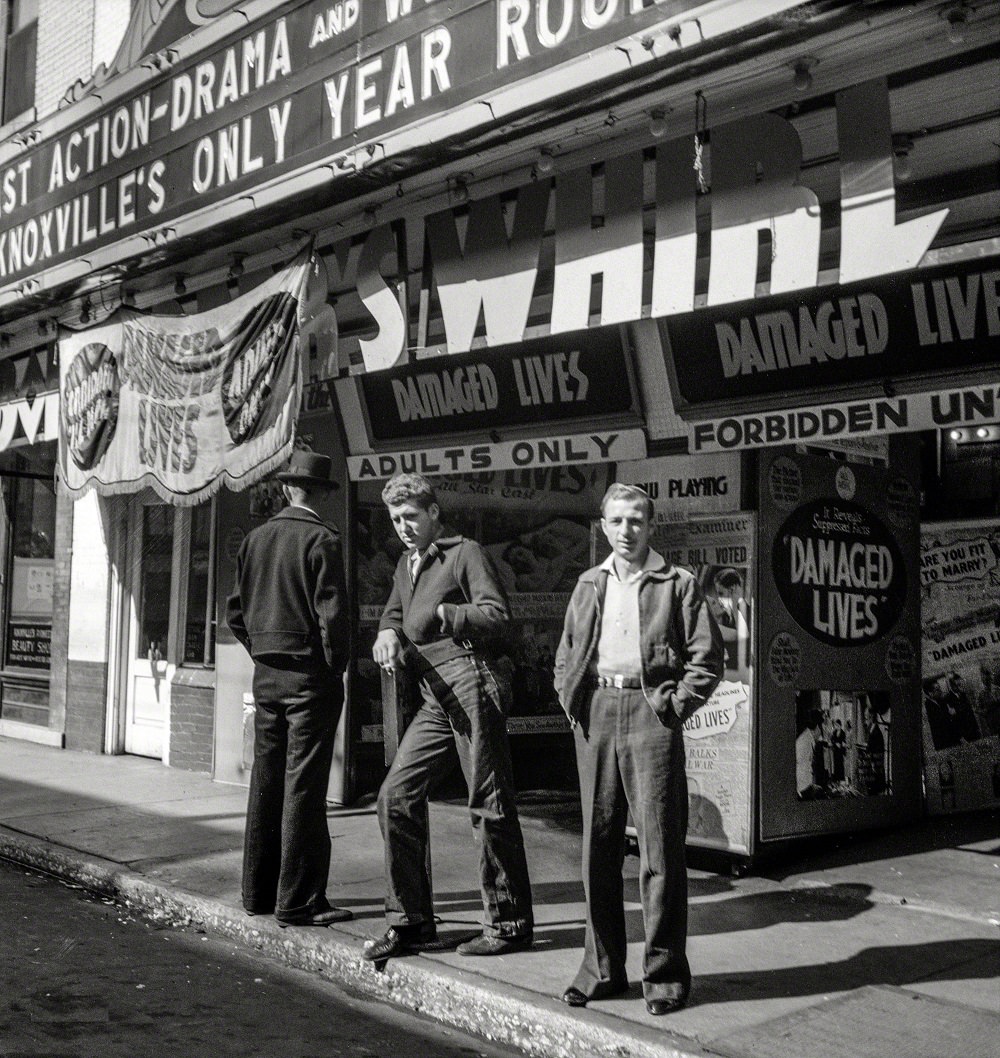
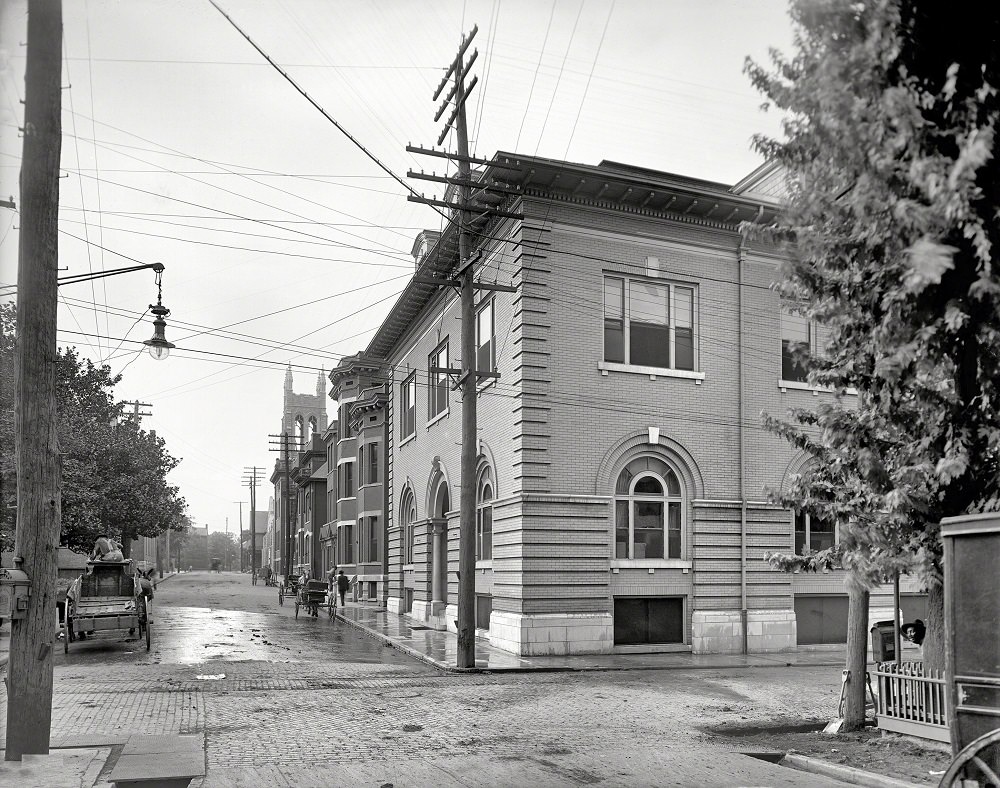
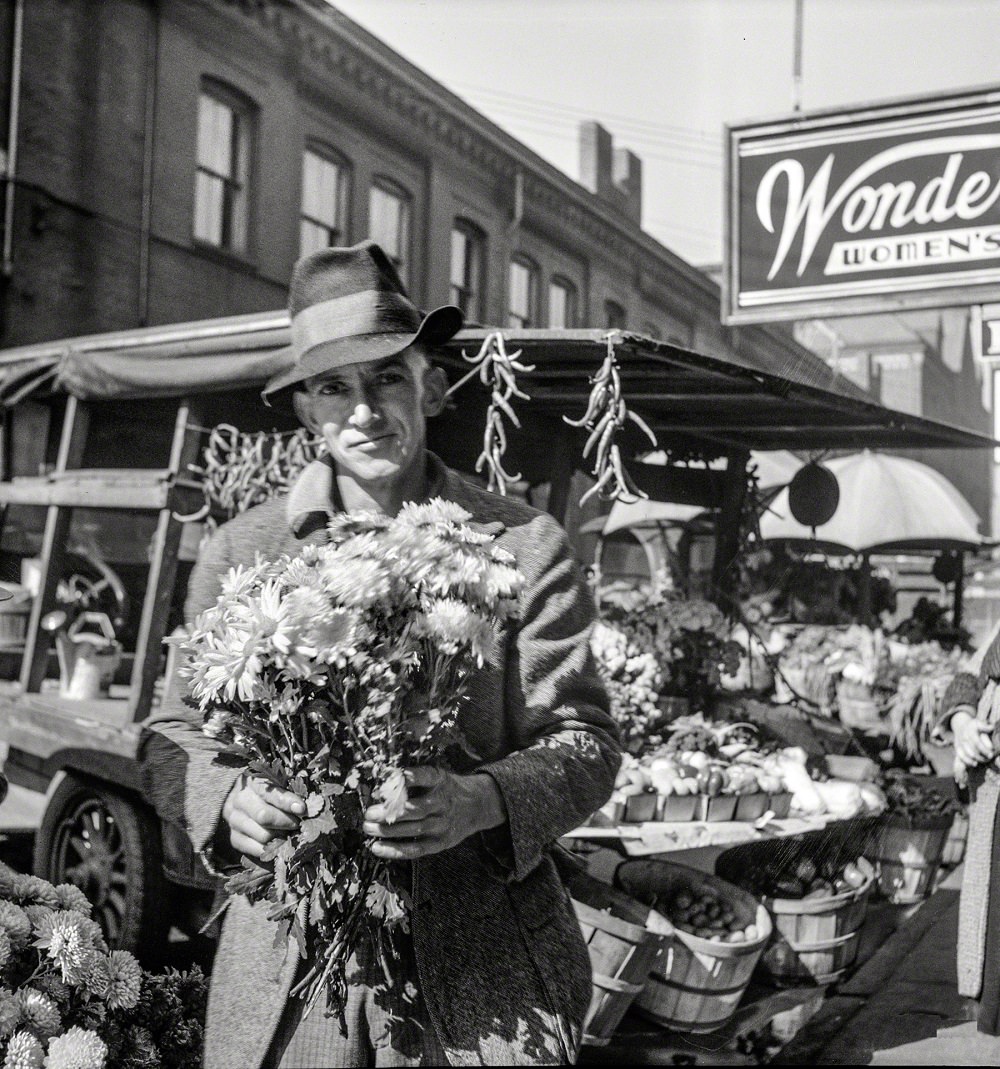
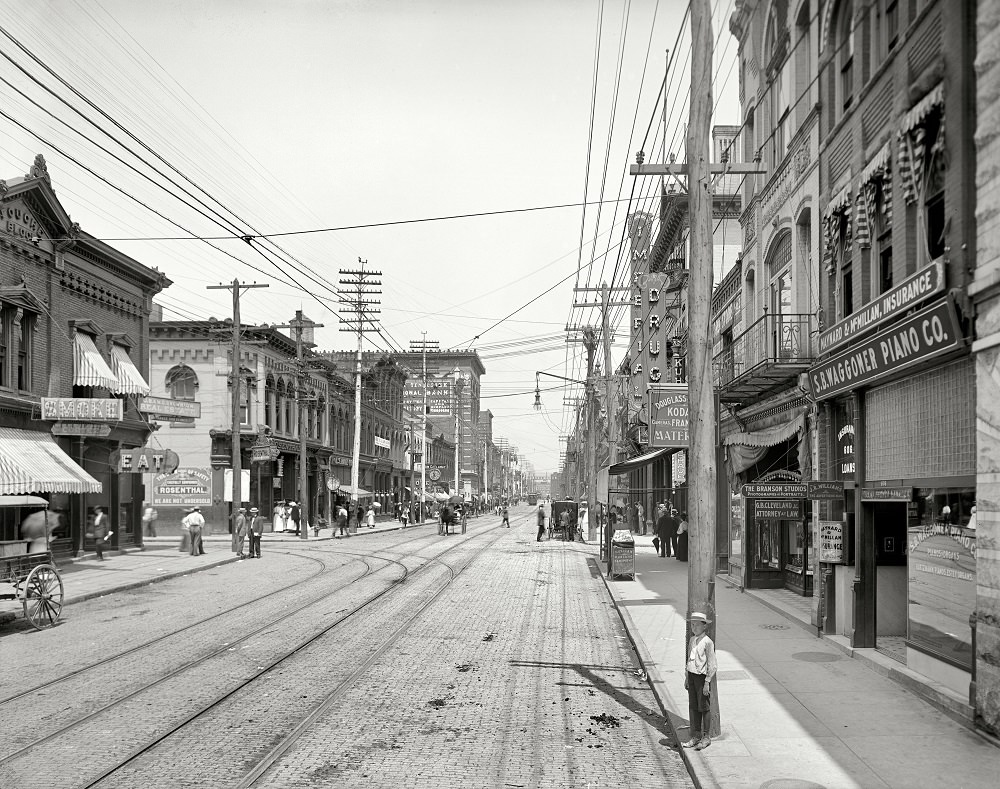
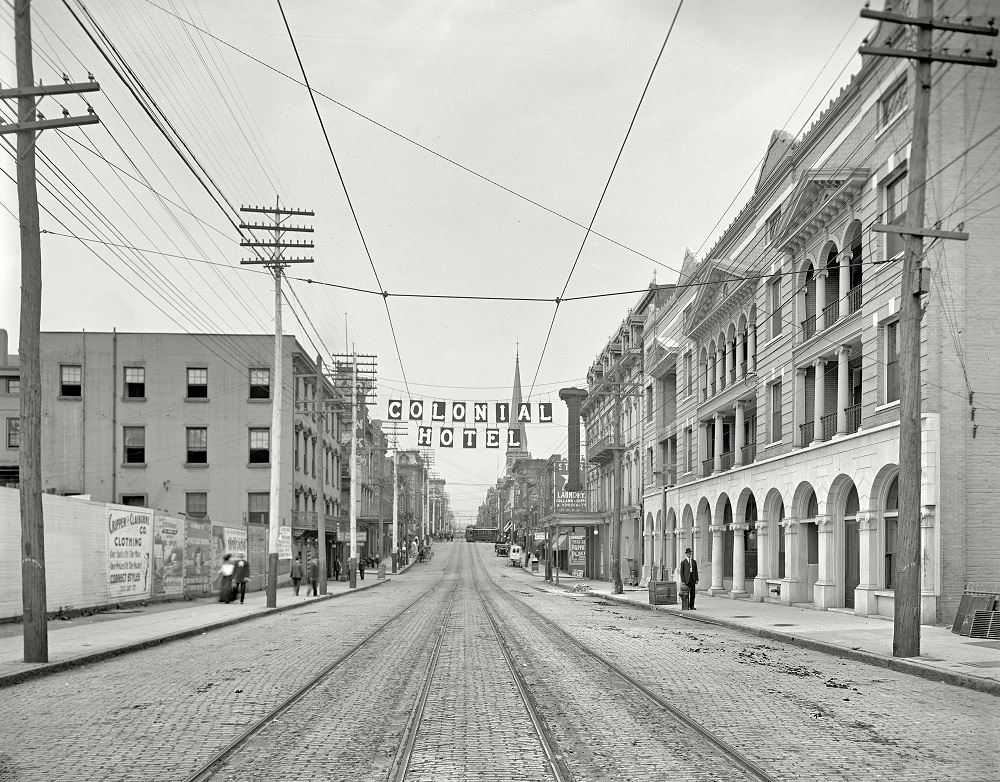




Looking at these, it makes me sad just how car-centric we’ve become.
Back when they had real trolleys on rails, not those buses that are faked up to look like trolleys.